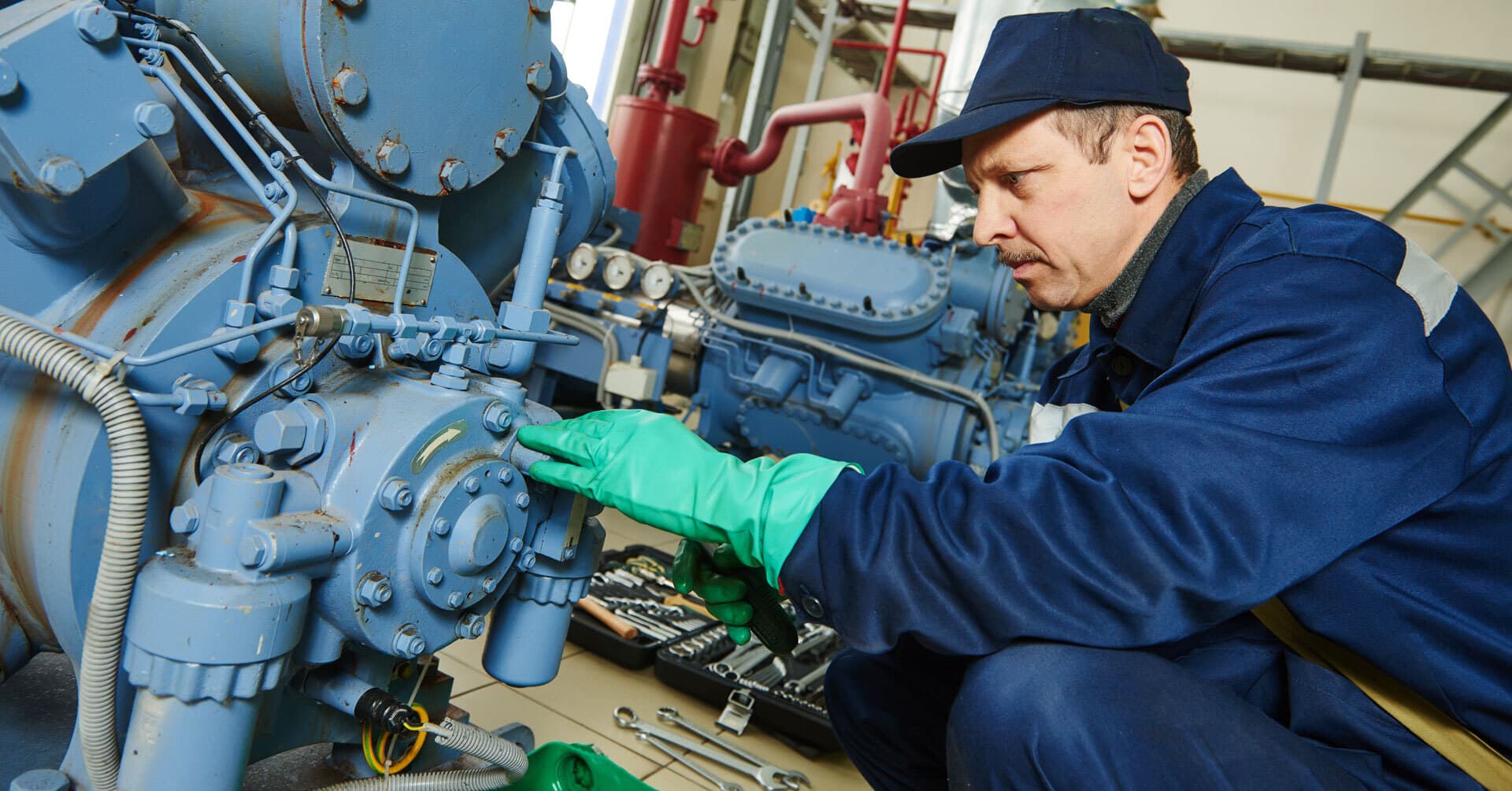Operator Care
Employee engagement is the holy grail of any organization. Operators need to have ownership of the assets that they operate. They need solutions to make this ownership less subjective and more quantitative and systematic.
Adding an Operator Care program to equipment maintenance strategies allows an organization to engage a largely untapped resource in a meaningful way to support the asset reliability efforts of the organization. In addition to the tangible deliverables of the process (inspection forms, problem tags, audits, etc.), Allied has found that our approach provides an additional benefit by immediately empowering the operators in an area, focusing their attention on measurable results and simple problem-solving techniques. Operators take increased ownership for equipment with a solid structure around existing informal activities while improving and formalizing lines of communication, increasing the visibility of abnormalities, as well as results, and reducing equipment delays and product quality issues.
Explore Operator Care














